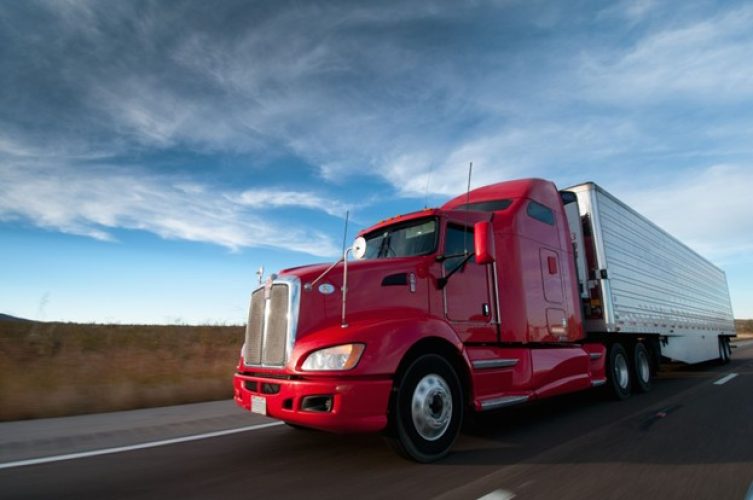Freight bottlenecks continue to disrupt supply chains, delay deliveries, and raise costs across industries. Despite technological advancements and logistics planning, goods often arrive late due to a combination of infrastructure limitations, labor shortages, and regulatory delays. Understanding these contributing factors is essential for businesses that depend on timely freight movement.
Congested Infrastructure Slows Movement
Aging highways, congested ports, and insufficient rail capacity remain some of the most significant barriers to efficient freight flow. Major transportation corridors experience high volumes of truck and rail traffic, leading to congestion that slows the entire system. The American Society of Civil Engineers consistently grades U.S. infrastructure poorly, and freight carriers are directly impacted. Delays at chokepoints such as bridges, tunnels, and key intermodal hubs reduce reliability and increase transit times.
Labor Shortages Create Gaps in Capacity
A persistent shortage of truck drivers has made it more difficult to move freight, especially during peak seasons. Many carriers struggle to find a truck driver to meet delivery schedules, particularly for long-haul routes. Retirements, low retention rates, and shifting workforce demographics contribute to this shortfall. The lack of drivers also limits flexibility, forcing shippers to pay premiums for capacity or deal with longer delays.
Warehouses and ports face similar labor issues. Shortages of dock workers, forklift operators, and warehouse staff slow cargo handling. This can result in containers sitting idle at terminals, missing connections, or waiting for unloading, which ultimately delays downstream distribution and strains overall supply chain efficiency.
Port Delays and Container Imbalances
Ports play a critical role in global trade, but they often face operational slowdowns due to container congestion and staffing limits. When containers accumulate faster than they can be processed, vessel unloading slows down, backlogs form, and subsequent deliveries are delayed. Container imbalances (too many empty containers in one region and not enough in another) exacerbate this problem. It becomes harder to maintain an efficient supply flow when containers are not where they are needed.
Weather and Seasonal Disruptions
Natural events and seasonal surges also contribute to freight delays. Severe storms, wildfires, and floods can temporarily close routes or damage infrastructure. Holiday seasons often bring spikes in shipping volume that strain carrier networks. When capacity is already limited, these disruptions create ripple effects throughout the supply chain, affecting both short- and long-haul deliveries.
Regulations and Border Delays
Compliance with safety, environmental, and customs regulations can also slow freight movement. While necessary for security and quality assurance, these checks often result in delays at inspection points. Cross-border shipments are particularly affected when documentation issues or inspection bottlenecks arise. Even small inconsistencies in paperwork can result in hours or days of delay, especially when shipments require multi-agency approvals or additional verification.
Addressing freight bottlenecks requires coordinated efforts across public and private sectors. Investments in infrastructure, workforce development, and real-time visibility tools can help mitigate delays. For businesses, adapting to these disruptions with flexible logistics strategies and transparent supply chain practices is key to managing expectations and maintaining service levels. To learn more, feel free to look over the accompanying resource below.
v

